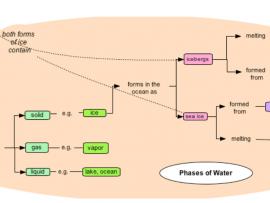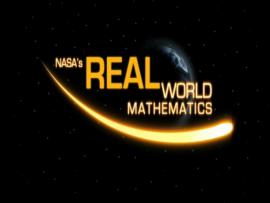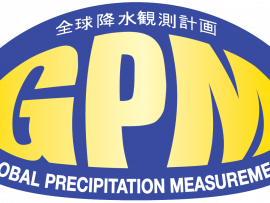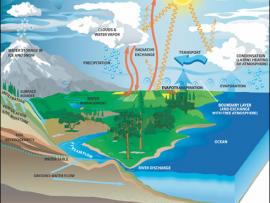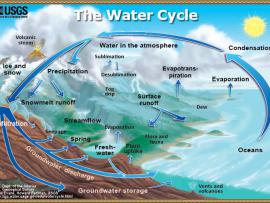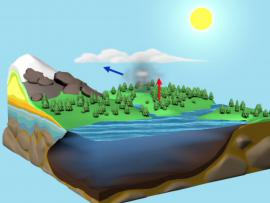Search
Primary tabs
Search
Your search for "condensation" gave back 19 results.
Primary Topic:
Type:
Audience:
Keywords:
Summary:
This lesson is primarily for elementary school teachers who are looking for a hands-on inquiry based activity to teach their students about evaporation.
Primary Topic:
Subtopics:
Type:
Keywords:
Summary:
Learn about precipitation and how clouds are formed. Find out why scientists study clouds and how you can help NASA collect cloud observation data as part of the Students' Cloud Observation OnLine, or S'COOL, Project.
Primary Topic:
Type:
Summary:
A list of frequently asked questions about precipitation.
Primary Topic:
Subtopics:
Type:
Keywords:
Summary:
This article explains the basics behind the water cycle and includes many good visuals. It provides some good background information about our water cycle as well as providing students with many real-world applications.
Primary Topic:
Type:
Audience:
Keywords:
Summary:
A diagram of the water cycle showing evaporation, condensation, precipitation and more.
Primary Topic:
Subtopics:
Type:
Standards:
Keywords:
Summary:
This Speaker ToolKit has been designed to allow presenters (scientists, engineers, etc.) to easily present to an elementary and/or middle school audience about the water cycle.
Primary Topic:
Subtopics:
Type:
Keywords:
Summary:
The S'COOL Project involves students (ages 5 - 20+) in real science, making and reporting ground truth observations of clouds to assist in the validation of NASA's CERES satellite instruments. Includes lesson plans and other related materials.
Primary Topic:
Subtopics:
Type:
Keywords:
Summary:
Explore how water droplets form and fall from the sky in part three of the water cycle series. Watch how water vapor moves through the atmosphere and returns to Earth as rain and snow.
Primary Topic:
Type:
Audience:
Standards:
Keywords:
Summary:
This animation shows one molecule of water completing the hydrologic cycle.
Primary Topic:
Subtopics:
Type:
Keywords:
Summary:
This video (4:56) uses a combination of cartoon characters, a scientist, and a series of different Earth-observing satellites with data animations to teach the various parts of the water cycle.


